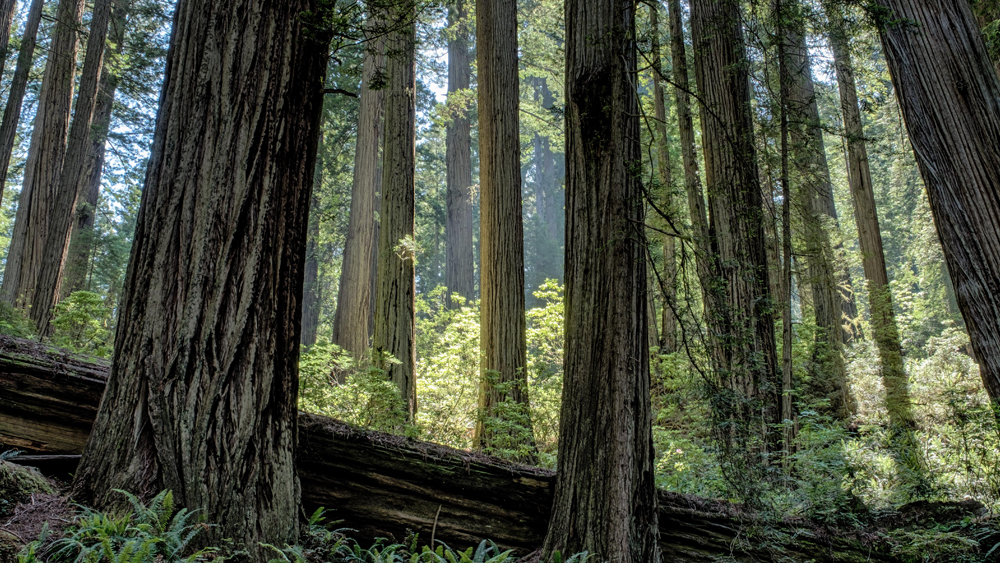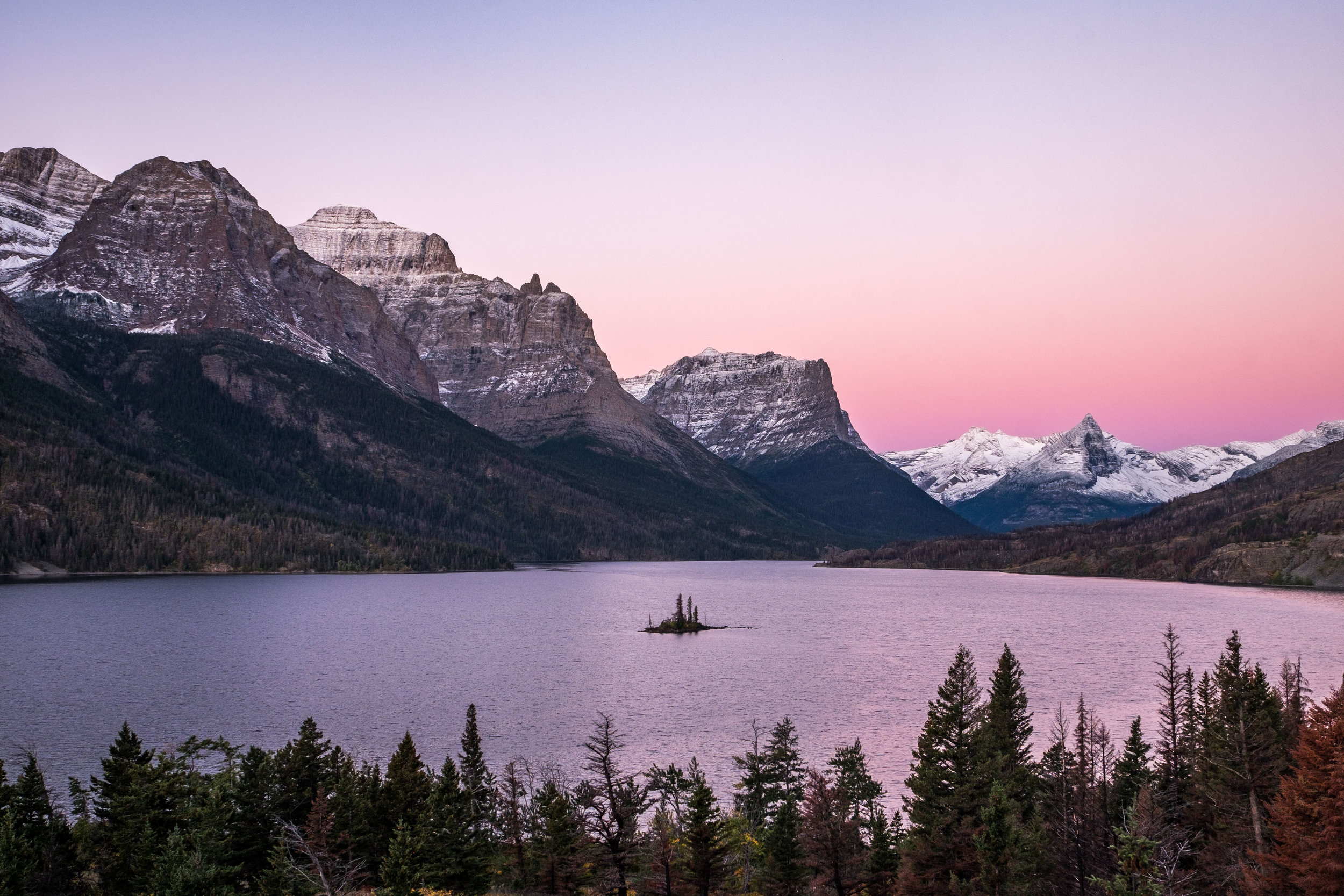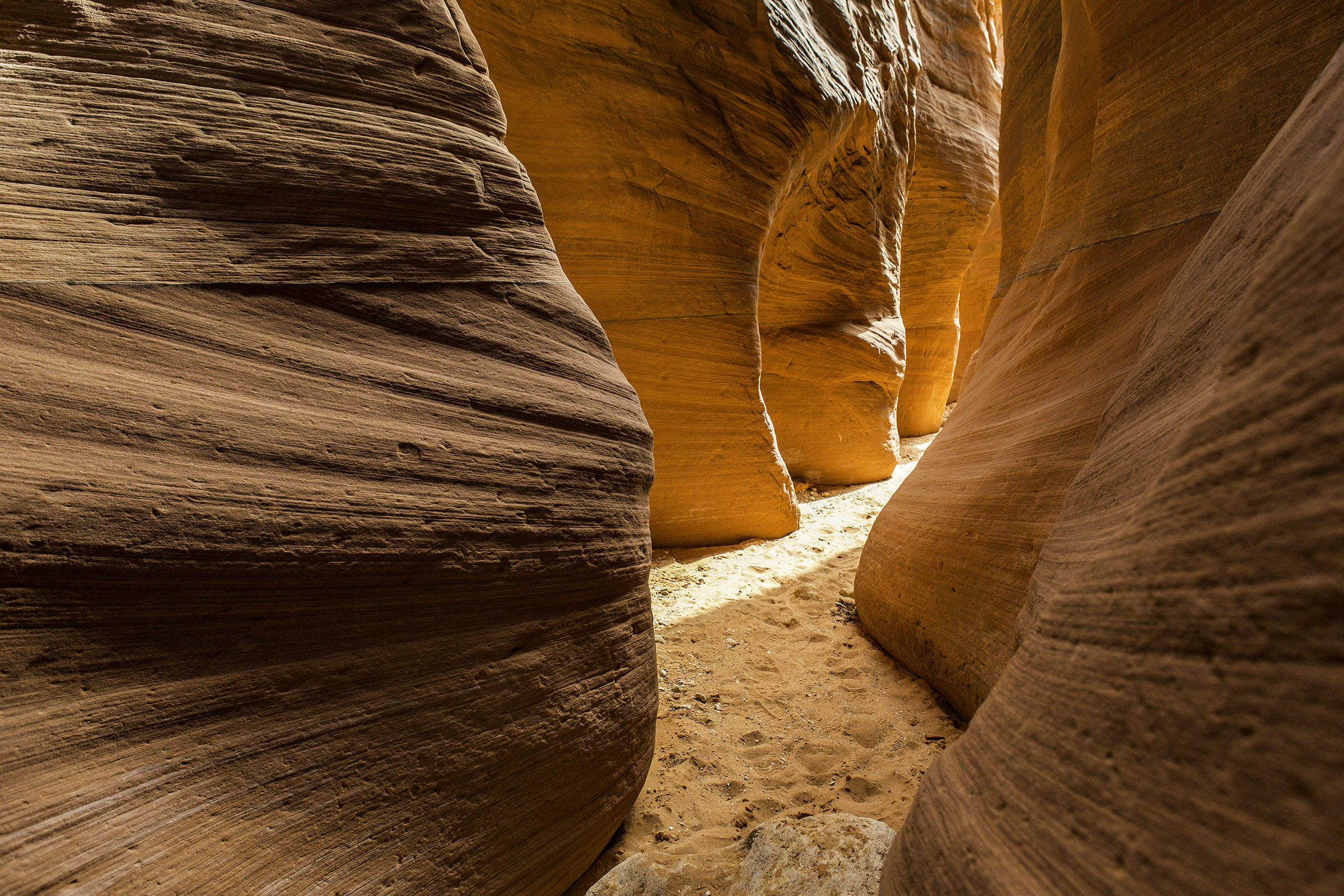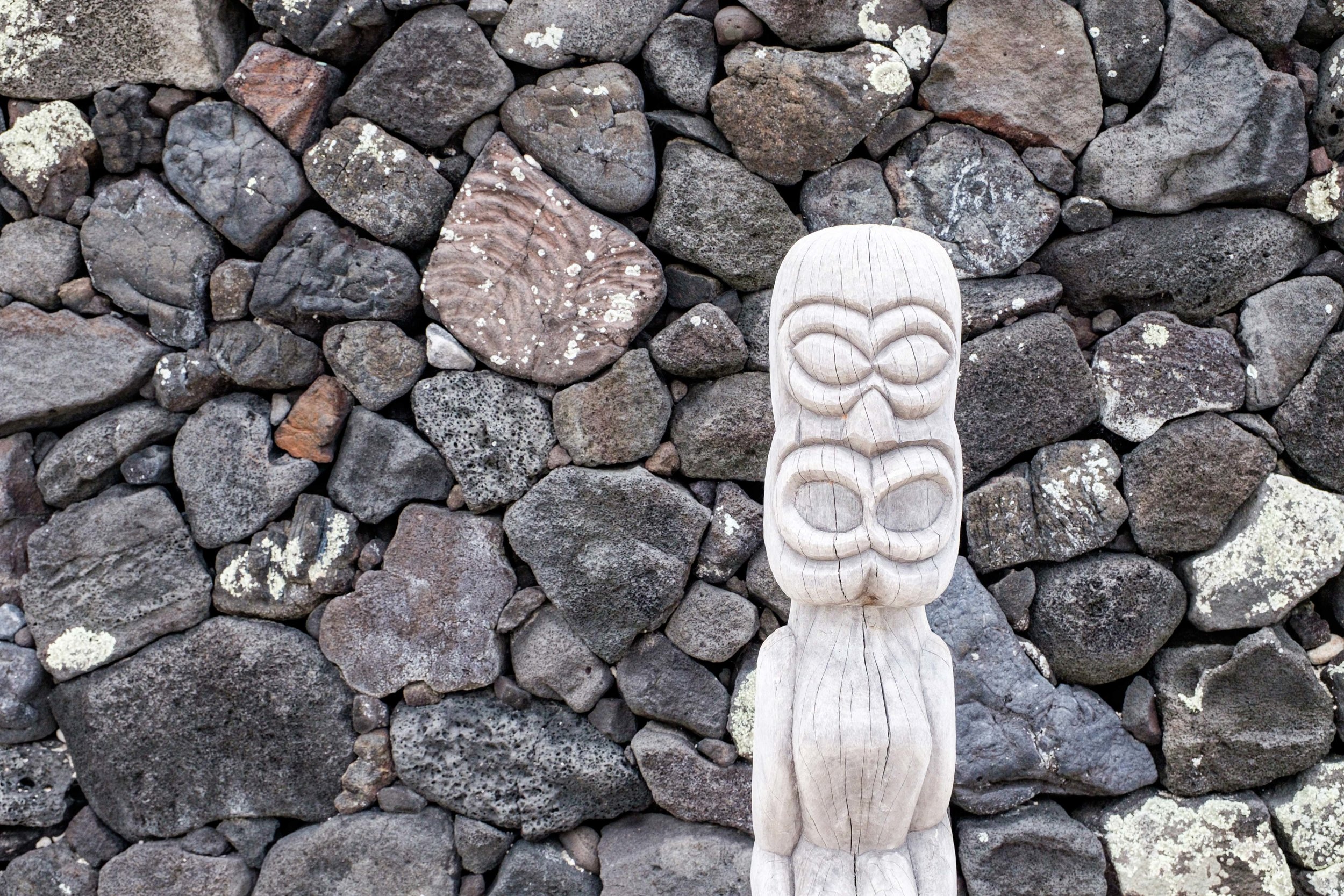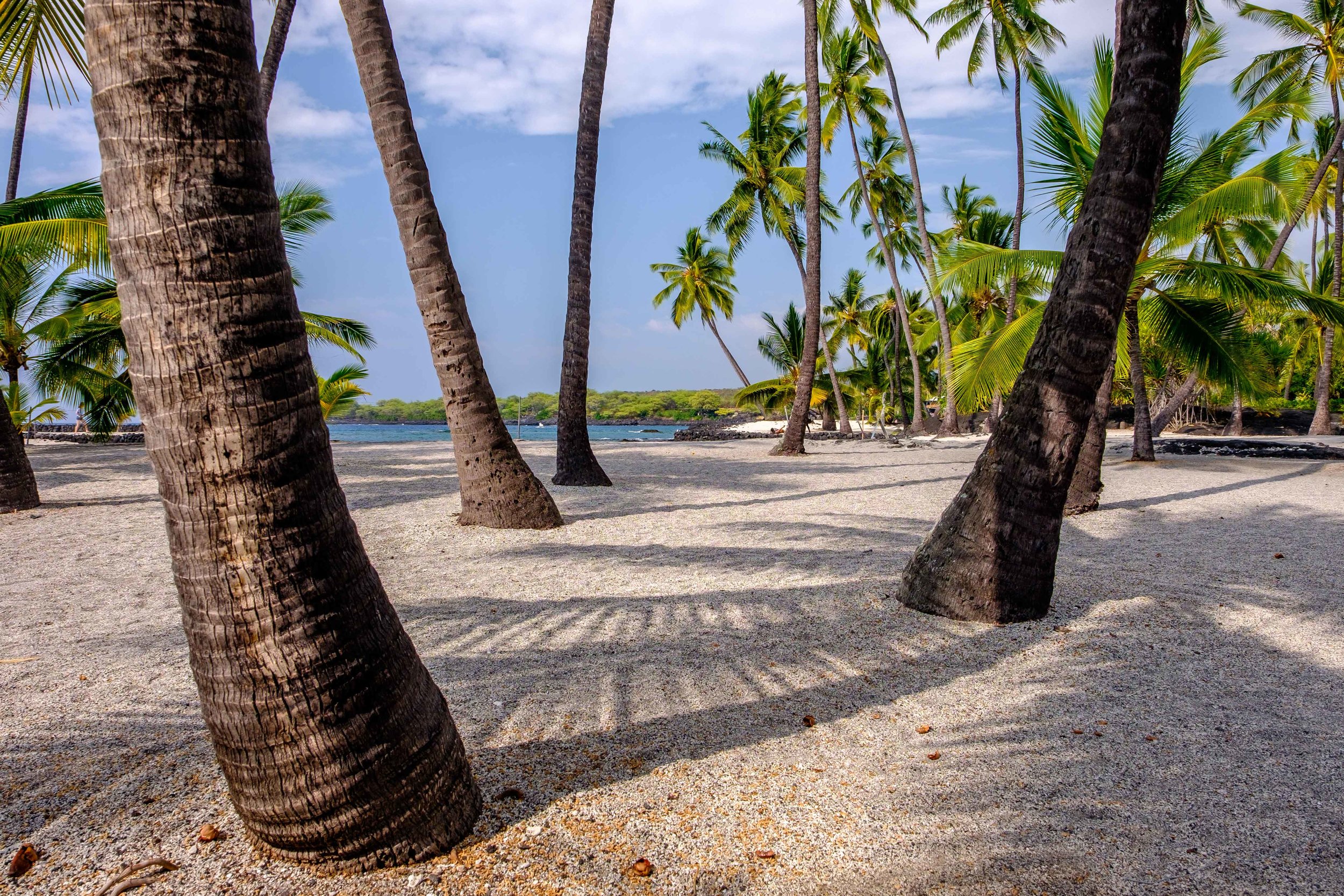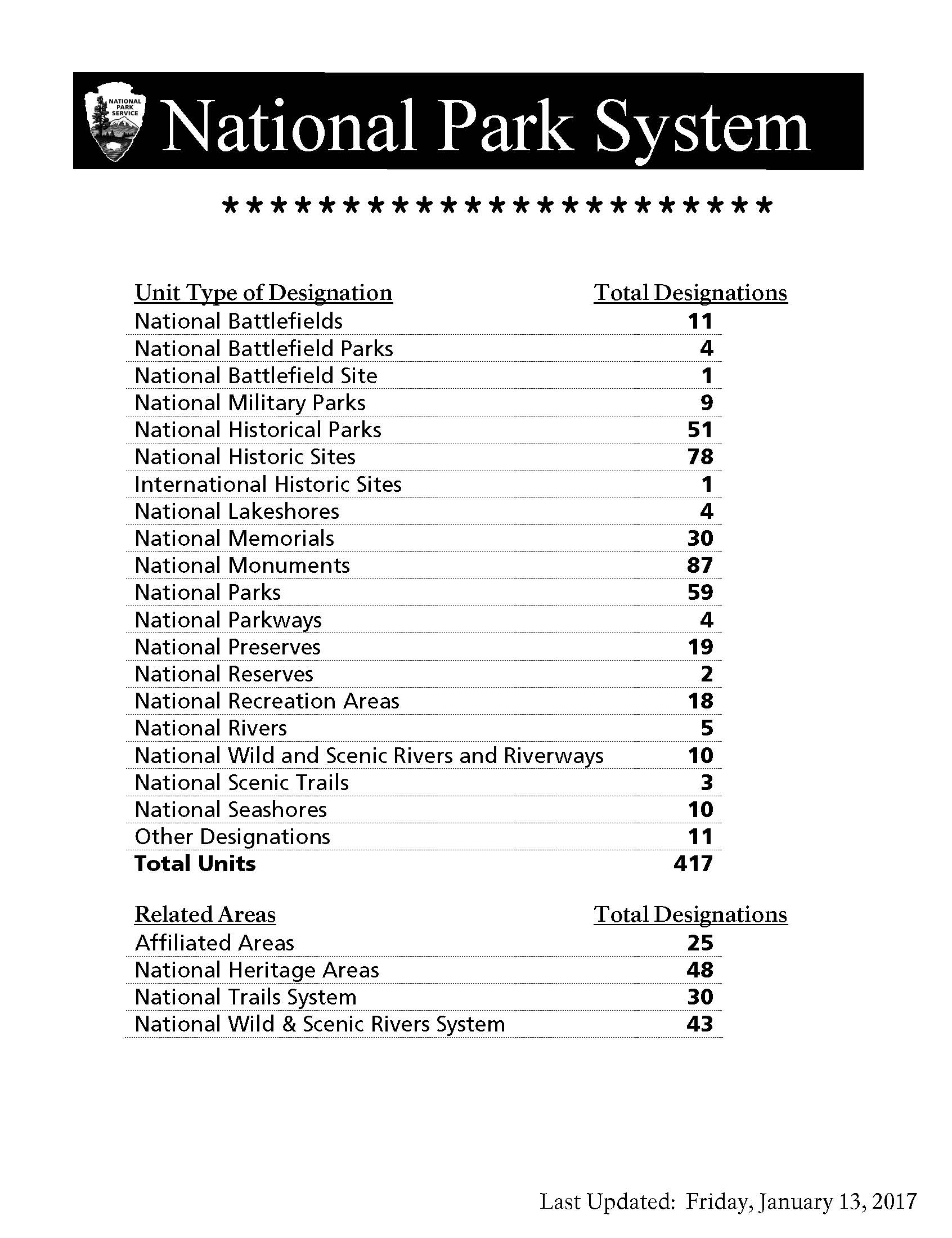Across the United States there are 59 national parks. In addition, there are hundreds of scenic national rivers, preserves, marine monuments, battlefields, historic sites, memorials, wildernesses, wildlife refuges, and other protected public lands managed by the Department of the Interior. There are 28 different types of designations in 417 units that are all considered to be “national parks”; so, when we announced that we’d seen them all, we were referring to America’s 59 national parks, not the entire National Park System which comprises them all. In that spirit, we thought it would be fun to breakdown the unique aspects of public lands (giving us a chance to post photographs from some of the other designations we’ve explored outside of our project that are equally worthy of visiting.) In no particular order, here is an outline of the types protections governing America's public lands...
National Parks
U.S. National Parks are given the greatest protection by the Department of the Interior and can only be established by acts of Congress. Managed by the National Park Service, they aim to protect vast areas of land, wilderness resources, cultural heritage, and wildlife habitats for the benefit and enjoyment of future generations.
National Monuments
Managed by the National Park Service, U.S. national monuments protect natural, cultural, historic archaeological, scenic, geologic and other scientific and educational values. Several official national parks were first protected as national monuments. As of the date of this post, there are 117 protected national monuments in America.
House on Fire Ruins in Cedar Mesa, Bears Ears National Monument in Utah. | Photo credit: Jonathan Irish
White Pocket, Vermillion Cliffs National Monument, Utah | Photo by Jonathan Irish
The Wave, Vermillion Cliffs National Monument, Utah | Photo by Jonathan Irish
White Pocket,Vermillion Cliffs National Monument, Utah | Photo by Jonathan Irish
White Pocket, Vermillion Cliffs National Monument | Photo by Jonathan Irish
National Trails
National trails encompass historic, scenic, and recreational trails that are designated by Congress that provide interconnected trail networks that weave throughout the nation. As of the date of this post, there are 19 historic trails in America.
The Appalachian National Scenic Trail runs from Georgia to Maine and through Great Smoky Mountains National Park in North Carolina/Tennessee. | Photo by Stefanie Payne
The Appalachian National Scenic Trail runs from Georgia to Maine and through Shenandoah National Park in Virginia. | Photo by Jonathan Irish
National Wilderness
Managed by the Bureau of Land Management, national wilderness areas maintain untamed areas throughout the nation. They represent exceptional ecological, geological or scenic attributes, and can be present in national parks, wildlife refuges, national forests, and public lands. Wilderness designation insists that logging, off-road vehicle use, and development are a no-go. As of the date of this post, there are 762 national wilderness areas, crossing more than 106 million acres in America.
Buckskin Gulch, one of the world's longest continuous slot canyons, winds 16 miles through sandstone walls in the northern stretch of the Paria Canyon-Vermilion Cliffs Wilderness in Utah. | Photo by Jonathan Irish
Rock art seen in the Paria Canyon. | Photo by Jonathan Irish
Buckskin Gulch in Utah. | Photo by Jonathan Irish
Mount Denali captured from outside of the national park in the Denali Wilderness. | Photo credit: Jonathan Irish
National Wildlife Refuges
Managed by the U.S. Fish & Wildlife Service, wildlife refuges in the U.S. aim to protect fish, wildlife, and plant populations. Each state and territory in America has at least one wildlife refuge within its boundaries. Wildlife refuges offer plenty of recreational opportunities including paddling, hiking, scenic drives, as well as fishing and hunting opportunities. As of the date of this post, there are 562 national wildlife refuges and 38 wetland management districts protected national wildlife refuges in America.
Migrating snow geese in flight at Blackwater Wildlife Refuge on Maryland's Eastern Shore. | Photo by Stefanie Payne
Snow geese at rest at Blackwater Wildlife Refuge on Maryland's Eastern Shore. | Photo by Stefanie Payne
Bald Eagle at Blackwater Wildlife Refuge on Maryland's Eastern Shore. | Photo by Stefanie Payne
National Wild and Scenic Rivers
National Wild and Scenic Rivers preserve river waterways in their purest state; meaning the free-flowing streams have never been dammed or otherwise obstructed. As of the date of this post, there are more than 200 National Wild and Scenic Rivers in America located in 39 states.
Timelapse video of our paddling adventure along the Noatak River, a designated Wild and Scenic River, in Gates of the Arctic National Park and Preserve in Alaska.
National Seashores and National Lakeshores
National seashores comprise protected salt water areas and surrounding islands; and national lake shores preserve shorelines found in natural freshwater lake environments. As of the date of this post, there are 10 national seashores that can be found on the coasts of the Atlantic, the Gulf of Mexico, and the Pacific Ocean.
The Cypress Tree Tunnel at Point Reyes National Seashore, California | Photo by Jonathan Irish
The Point Reyes Lighthouse at Point Reyes National Seashore, California | Photo by Jonathan Irish
National Historic Sites
Managed by the National Park Service, national historic sites offer a glimpse into the people, cultures, history, and events that have shaped the nation's history. As of the date of this post, there are 90 National Historic Sites, 78 of which are official National Park Service units.
Kaloko-Honokōhau National Historic Park, Big Island, Islands of Hawai'i | Photo by Jonathan Irish
Kaloko-Honokōhau National Historic Park, Big Island, Islands of Hawai'i | Photo by Jonathan Irish
Kaloko-Honokōhau National Historic Park, Big Island, Islands of Hawai'i | Photo by Jonathan Irish
National Battlefields
National battlefields commemorate America’s military history, protecting places where battles were fought to in the name of the U.S. Constitution. As of the date of this post, there are 11 National Battlefields, 9 National Military Parks, 4 National Battlefield Parks, and 1 National Battlefield Site currently protected in the U.S.
Antietam National Battlefield, Maryland. | Photo credit: Wikipedia
National Memorials
America’s national memorials, called Sites of Remembrance, honor tragic events that have affected the nation, and largely include areas in and around the nation’s capitol; and are found elsewhere throughout the country. As of the date of this post, there are 30 national memorials administered by the National Park Service.
Mount Rushmore in South Dakota | Photo by Stefanie Payne
National Preserves
Activities like hunting, fishing, or oil and gas extraction may be permitted in national preserves if they don’t jeopardize the park’s natural resources. National preserves are commonly found in Alaska as a provision of the Alaska National Interest Lands Conservation Act of 1980, enabling trapping, hunting, and subsistence communities to retain rights to land use.
Great Sand Dunes Preserve, Colorado | Photo by Jonathan Irish
Glacier Bay Preserve, Alaska | Photo by Stefanie Payne
Wrangell-St. Elias Preserve, Alaska | Photo by Jonathan Irish
Arial view of Katmai National Preserve while en route to the national park | Photo by Jonathan Irish
See a complete list of designated areas that make up the National Park System, provided by the National Park Service. A snapshot:



